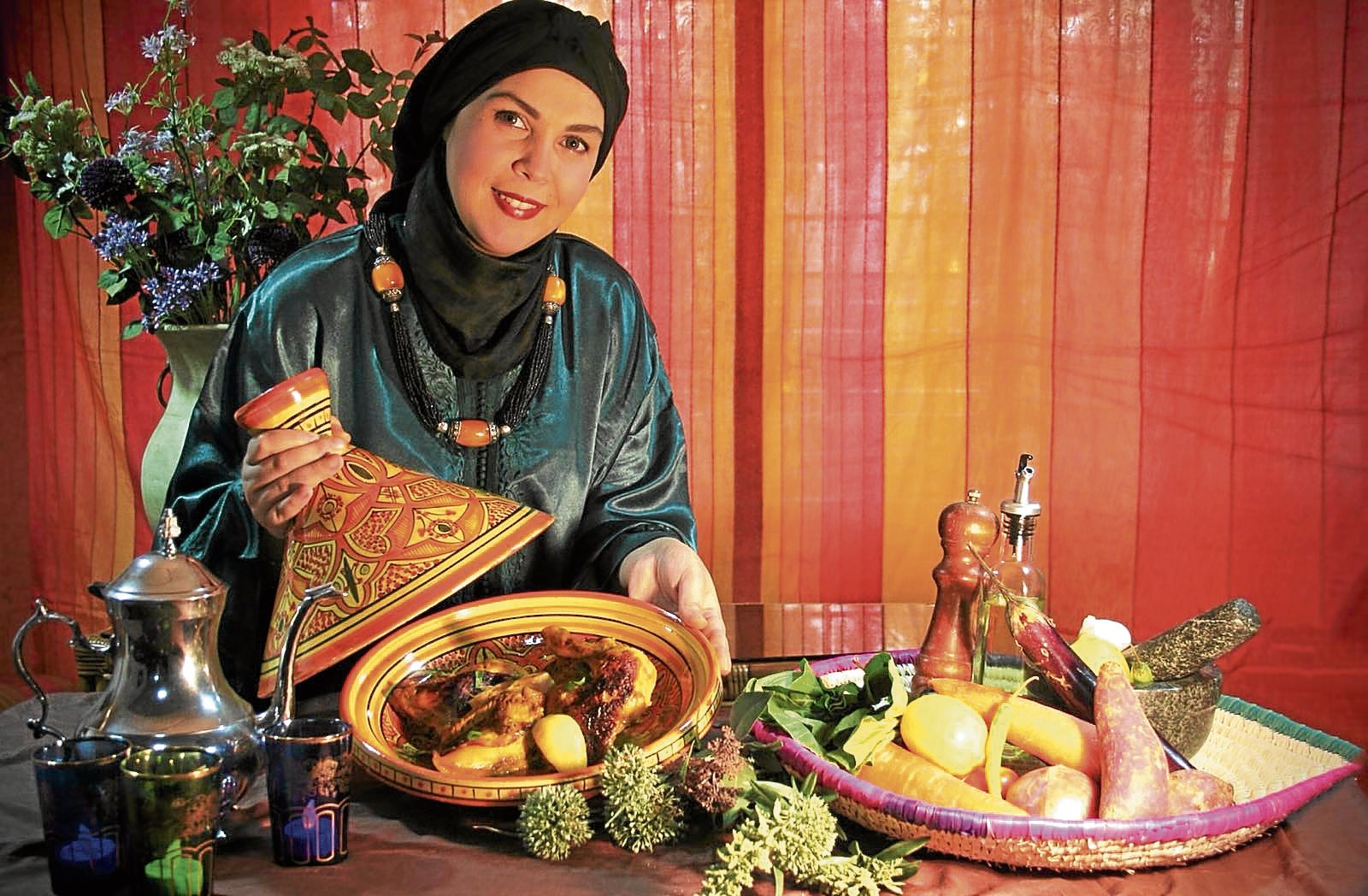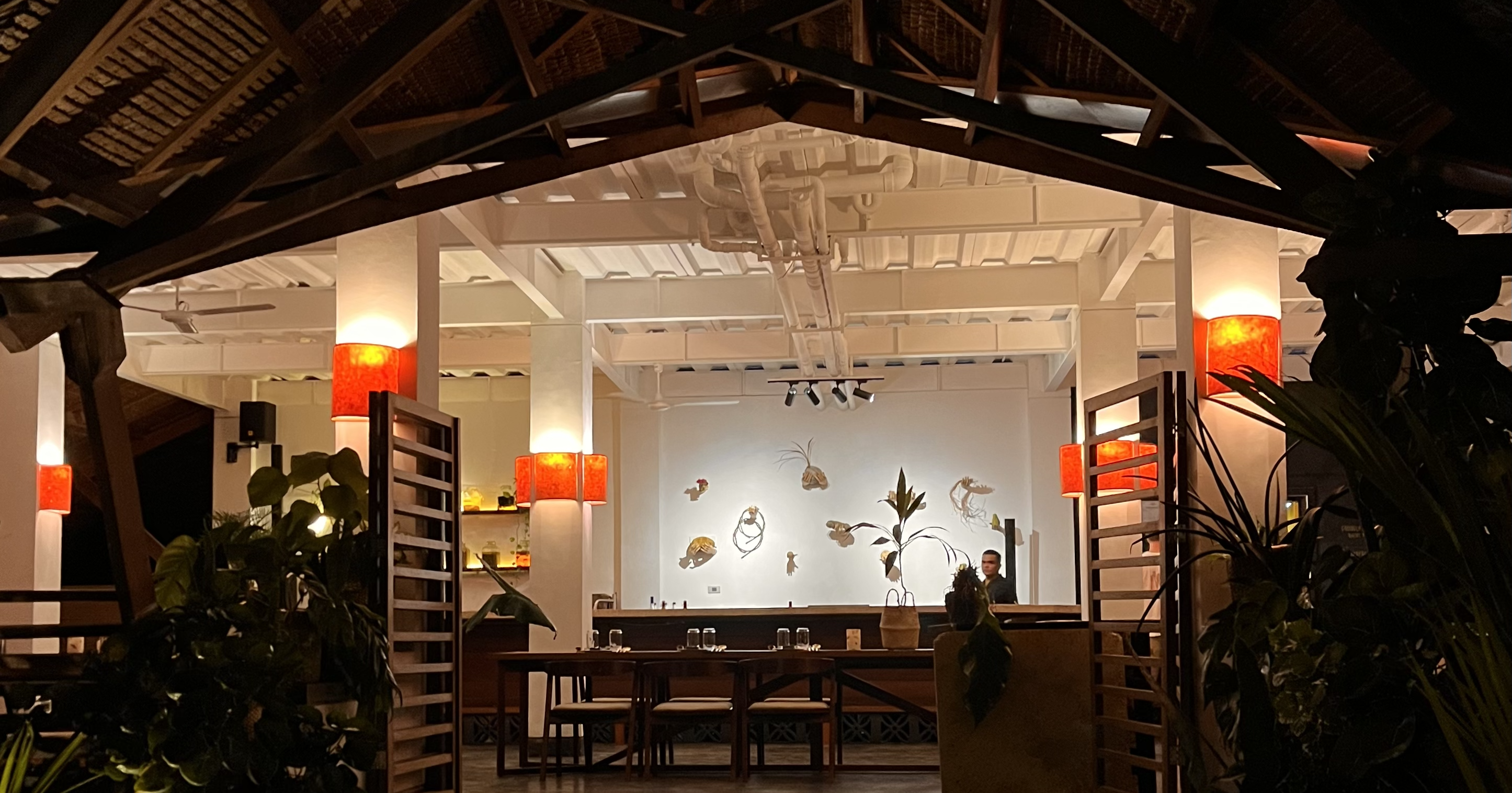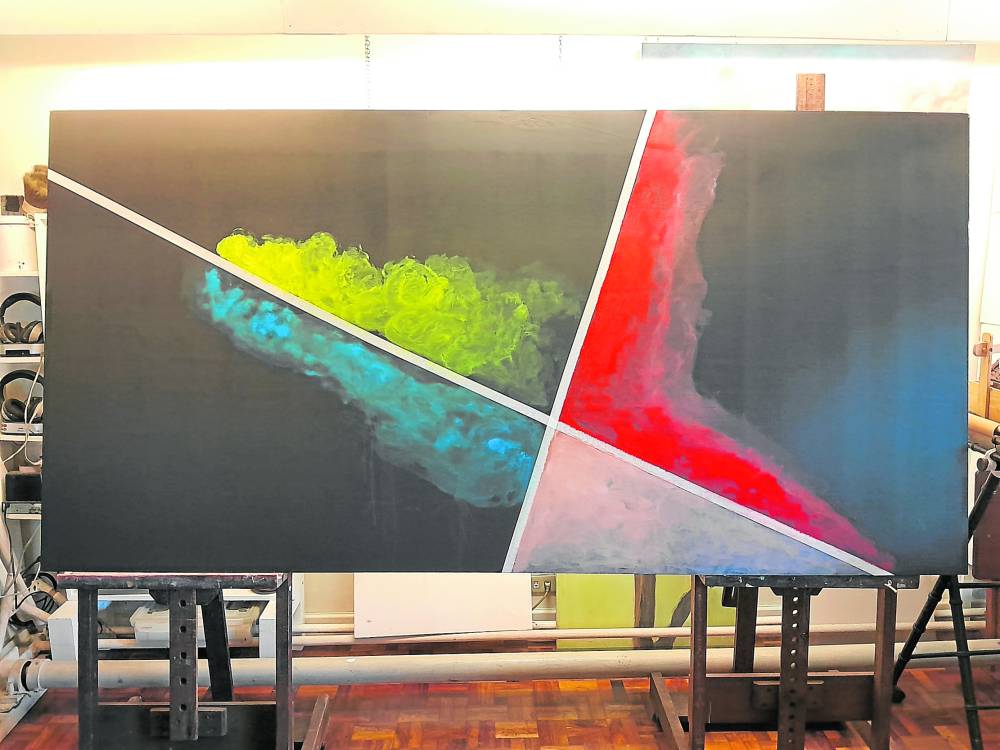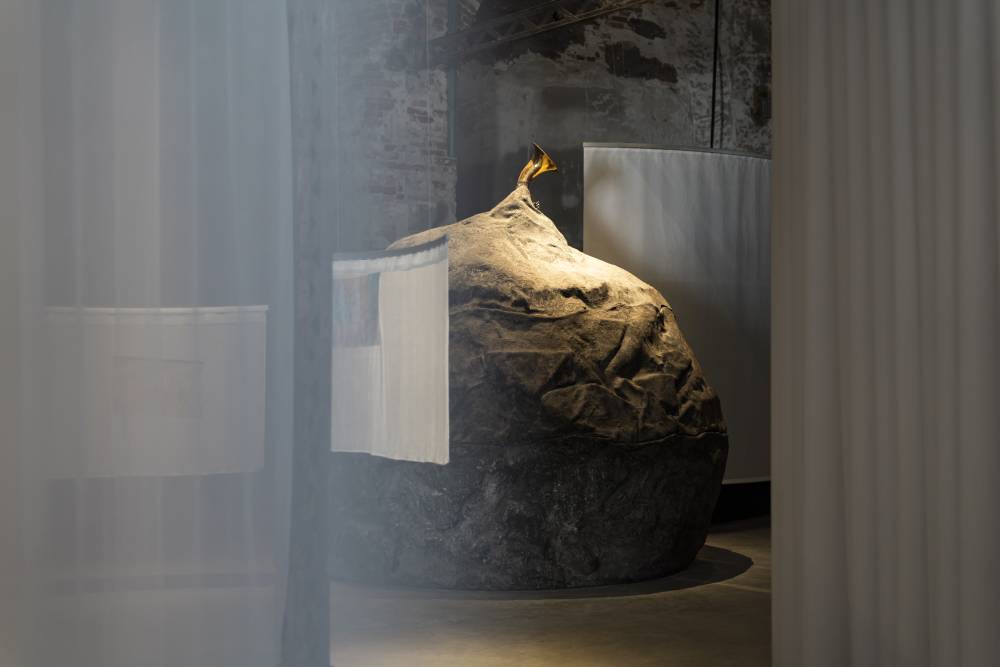Growing up in a Moroccan household and being the eldest daughter, helping out was instinctual. It was common courtesy in Moroccan culture for us kids to tidy up around the house, wash the dishes and, most importantly, help out in the kitchen.
I remember being little and watching other girls fawn over dolls and dresses. I felt silly thinking that I was more attracted to pots and pans.
You see, the kitchen was a space of solace in my home, something many cooks and chefs can probably relate to.
As a 6-year-old, girl it was much more than that; the wonderment and exploration that I had experienced on a stove top or by a cupboard became some of the most treasured memories I have to this day. From those first flavors, and the feelings that I got from smells coming through a small crack in the kitchen door, I knew that food would be a big part of my life.
At the age of 12, I was baking bread for the first time, and tried my hand at making my first tagine. I had my late grandmother and mom to show me around the tangled ropes that was Moroccan cooking.
It took years of practice and observation to get my hands and instincts accustomed to the complex profiles of rich spices, broths and pastes that created the basis for Moroccan food. Even now, I still find myself discovering new ways and combinations to make these flavors pop every now and then.
With Moroccan food, most dishes followed the same routine. It was a slow process that allowed us to truly coax the dish through a flavorful transformation, watching various meats tenderize, sauces reduce and doughs bake.
Ancestral culture
The culture of cooking in the Moroccan kingdom was ancestral. We followed traditional cooking methods, down to the clay pots and ovens that were built into the ground. It was a whole world in and of itself to explore, rich in history and riddled with ancient tips and tricks. I loved everything about it, and becoming a wife and mother allowed me to embrace the art of cooking even more.
I remember when I first moved to the Philippines in 2001, I was excited to experience a new world of culture and culinary exploration while still clutching the years of learning and kitchen experience I built up in Morocco.

To my surprise, not many knew about Moroccan cuisine. The confusion people here had between the latter and the Middle Eastern cooking bothered the native Moroccan in me.
Call it pride if you want, but the urge of wanting to educate the market was building up slowly and intensely, to a point when I knew the next step on my venture was to tame the beast that was authentic Moroccan home cooking.
And so it began, a Moroccan cook living in the Philippines, what more can I say. That discovery of myself as a mom-cook pushed me to take a leap of faith and get the outside world’s take on my dishes, leaving the comfort of my family’s smiles and compliments.
I wanted to make strangers just as happy through my food. The weekend markets at Mercato Centrale, Salcedo and Legaspi were great venues that allowed me the freedom to develop my ideas and gauge the crowd. I met new friends, loyal customers and great chefs by taking that step outside my comfort zone and I have no regrets.
One of my favorite comfort tagines that my small family always requests on rainy days is the Kofta Tagine, the recipe of which I’m sharing with you.
The Moroccan
Kofta Tagine
½ kg ground sirloin beef with 20-percent fat
1 kg red beefsteak tomatoes, peeled seeded and cut into small cubes
½ c Italian flat parsley, chopped coarsely
Extra-virgin olive oil
3 eggs
Salt
Pepper
Paprika
Cumin
Garlic
In the tagine, add your chopped tomatoes, garlic, half of Italian parsley (set the rest aside). Season carefully with salt, pepper, cumin and paprika and let simmer over low heat.
Have your ground beef ready by adding salt, pepper, paprika and the rest of your parsley. Mix well and make small meat balls.
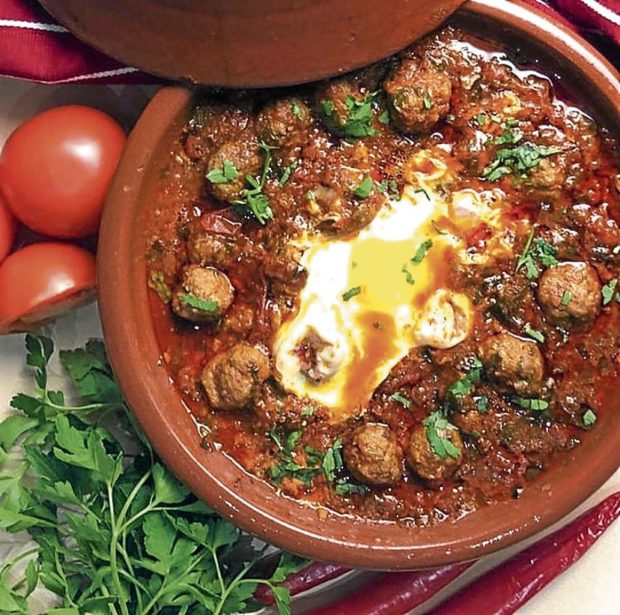
When your tomatoes are halfway done, add your ground beef balls. You could add some kalamata olives and let simmer for 30 minutes on low heat.
Just before serving, add egg on top of the tagine and let poach over that silky tomato sauce. Garnish with a few more leaves of parsley. Serve with homemade Moroccan bread.
—CONTRIBUTED INQ
Known as the Moroccan Lady, the author migrated to Philippines two decades ago. She is a wife, mother of three, home cook and entrepreneurial adventurer. Discover her authentic tagines at @moroccanladyph on Instagram, tel. 0917-8093402; email [email protected] you also a passionate home cook and want to be featured? Share with us your story and recipes, along with mouthwatering photos. Send them to [email protected].

